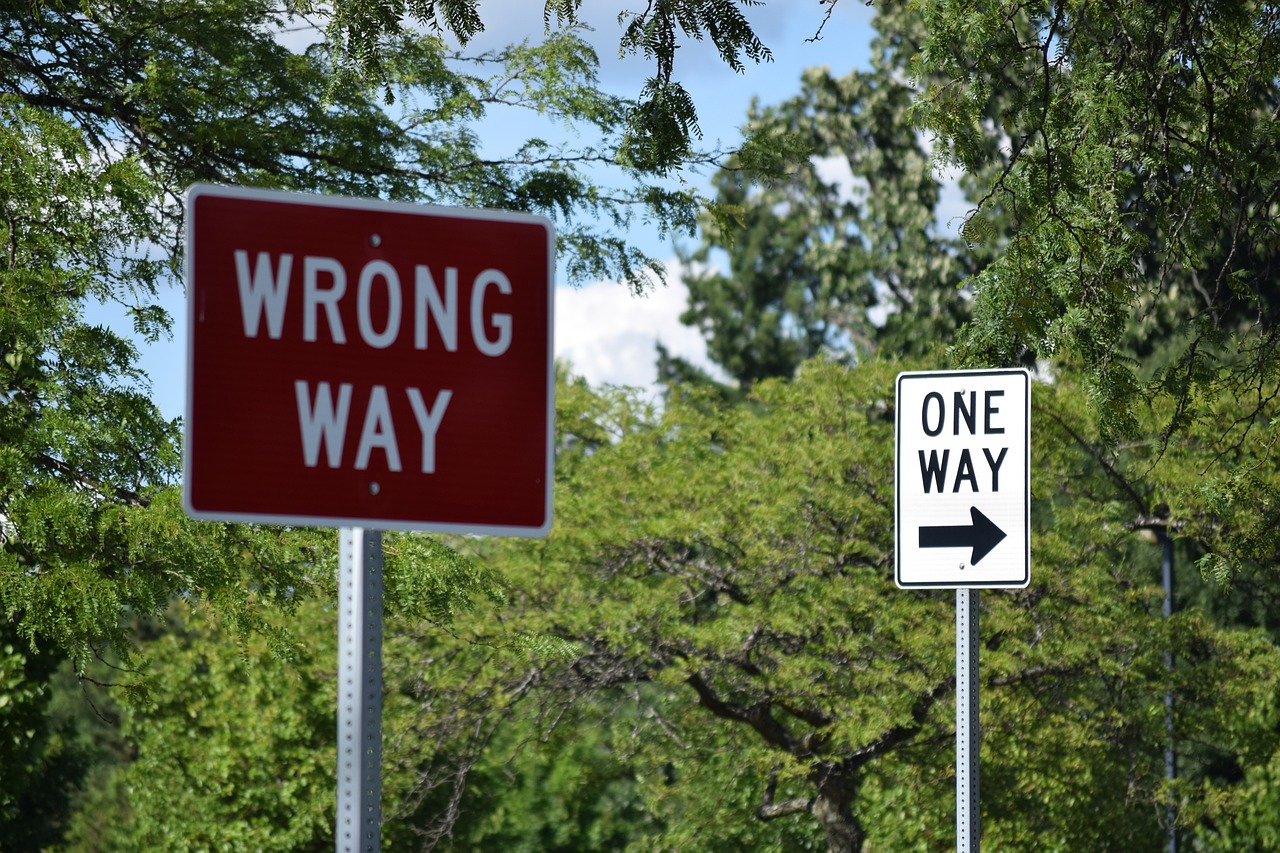Is there a drama storm on your team?
In my informal survey of coaching clients, workplace drama is all too prevalent and distracting. Managers are tired of officiating the he said/she said/they didn’t/I can’t work with… issues that creep up in daily work. “It’s exhausting,” offered one manager about an over-active drama storm in her environment. Another shared: “I’m pretty good at not becoming the go-between, but it comes up too often.”
There’s got to be an easier way. Fortunately, there is.
A workplace success hack
The solution: create your Rules of the Road with your team. Yes, ask your team members how they want to collaborate, communicate, resolve disagreements, and support each other. A manager who put this technique to work offered, “What we did was define our Rules of the Road for working together. They loved the exercise and are pushing each other to live and work daily by the Rules.”
The power of working with your team members to define how to work with each other is the focus. I call them Rules for Success—one of the core programs in my Manager’s Operating System, but the Rules of the Road label works.
Case study—a department in distress
The group couldn’t be called toxic, but a degree of dysfunction generated static in the working environment. The firm was in hyper-growth mode, and things moved fast. Not accurate, but fast. Everyone was running full tilt, communication and coordination were missing in action, and much time was spent fixing things. “They didn’t do their part,” or “He dropped the ball,” and variations of this theme were frequently overheard. Good, smart people, sprinting for their working lives and not taking time to pause, breathe, reflect and improve.
Enter a new manager.
After observing the situation briefly, she decided it was necessary to hit the brakes and bring the group together to talk about how to get better. To their credit, the individuals wanted this as well.
They were tired of the inefficiencies and the surprises in pursuit of their jobs. The trainer wanted to receive the materials he needed in time for his programs. The support line members were exhausted from dealing with the calls created by the manual writers who needed more time to edit and correct their work. The trade show manager described himself as on the verge of a breakdown if he had to navigate one more event where all the parts and pieces needed to make the firm’s displays work didn’t arrive ahead of the event.
The Rules emerge and the storm fades
The group’s new manager outlined a series of seven questions for the group to discuss and answer:
- What does it mean to be a member of this team?
- What should we expect from each other?
- How will we work together to help each other succeed?
- What does it mean if we treat each other as customers with our work?
- What does accountability look and feel like on this team?
- How will we collaborate? Problem-solve? Resolve disagreements?
- What will we celebrate?
I was one of those group members, and the experience was amazing, cathartic, and energizing. People enthusiastically voiced their thoughts and started jumping and building on the ideas. Our manager formed them into action statements, and we adopted them as our group’s Rules for Success.
In subsequent months, as the Rules came to life, the drama storm moved out, wasteful rework disappeared, and every individual in this department focused their efforts on pleasing their colleagues who were customers. While fires flared up and mistakes happened, the group members had their operating principles—a set of Rules of the Road guidelines to draw upon as they navigated situations together.
In one simple meeting, our new manager jump-started a transformation that grew legs and ultimately reformed the culture to one focused on success through communication, collaboration and continuous improvement.
Total cost: a few hours of group work.
The Rules of the Road are the manager’s coaching tool.
In addition to creating actionable operating principles for our group, the manager’s brilliance extended to her daily coaching. A situation would flare up, old behaviors begin to reassert, and the manager would step in and ask, “What do our Rules for Success suggest you do in this situation?” While the Rules didn’t offer the exact answer, they always emphasized the need to communicate, problem-solve, and resolve together. This coaching reinforcement proved critical to baking the Rules into our thinking and acting.
The Rules of the Road are additive to your organization’s values.
When creating your group’s Rules of the Road, it’s tempting to start with your organization’s values and distill those down to action statements. I don’t recommend this approach. Every team’s situation is unique, and the Rules are the most tangible and actionable when developed organically to fit the group’s mission and the personalities present. My guidance is first to define the right questions, as my manager did, and work with your group to create action-focused answers. Then, it’s a great exercise to map the new Rules of the Road back to your organization’s values. The approach and exercise bring both sets of principles to life. And, as your conditions change and the group gains experience, feel free to refine the Rules.
Use the Rules of the Road to end the handwringing over hybrid work.
Whenever I encounter an organizational leader lamenting the challenges of hybrid work, I wonder what the issue is. Truthfully, I don’t wonder—I know what the issue is. Organizations are trying to solve what they perceive as a dilemma by policy dictates from on high. That’s wrong. Instead, frame hybrid as an opportunity and empower managers at the local level to work with their teams and define the Rules of the Road, including hybrid work that fits their situation in pursuit of servicing their customers.
For managers struggling with this topic, the absence of a cohesive set of Rules makes the topic of hybrid a driver of the drama storm. Overhead: “He’s never here. He’s abusing hybrid.” Or, “How can I work with and coach them if they’re not here.” The answers aren’t difficult. Work with your team members to define the Rules of the Road that build in a hybrid working situation. The issues of communication, accountability, expectations, and engagement must all be baked into your group’s Rules.
Rules of the Road for the win and the healthy working environment
It’s every manager’s responsibility to build a healthy working environment where individuals are connected to the work, free to bring forth creative ideas, and comfortable there’s a support network around them. You sow the seeds of this healthy environment by working with group members to define and bring the Rules of the Road to life. The cost is minimal. The payback is priceless. It’s a workplace success hack that works.
![]()
—
Learn to create the Rules of the Road with your team. This activity is just one of the Ten Core Programs of the Managers Operating System (MOS)—the focus of Art Petty’s Manager Development Program. Whether you are new(er) to managing or striving to scale your effectiveness, the Manager Development Program is a powerful, practical development experience. Check here for upcoming sessions or e-mail Art to discuss a session for your managers.








Leave A Comment